October itinerary in Japan Day 2 (Ishikawa Day 2)
(Thursday, October 21)
Table of contents
1. Former Ishikawa Prefecture Second Junior High School Main Building
2. Former Kanazawa Army Weapons Branch (Ishikawa Prefectural Museum of History , Kaga-Honda Museum)
9. Naga-machi Samurai Residence District
On the second day of Ishikawa prefecture, I went sightseeing in Kanazawa city. Sightseeing spots are compactly organized in Kanazawa, and each spot is within walking distance. Therefore, you can visit many tourist spots in one day. There are also great discount tickets, so let’s use them.
Kenrokuen Plus One ticket (valid for 2 days)
Adults (18 years old and over) Yen 500
In addition to Kenrokuen, you can enter any of the 6 facilities (Kanazawa Castle Park, Ishikawa Modern Literature Museum, Ishikawa Prefectural Museum of Art, Ishikawa Prefectural Museum of History , Kaga Honda Museum, Ishikawa Prefectural Museumof Traditional Arts and Crafts).
SAMURAI PASSPORT (valid for 2 days)
You can enter 12 facilities for Yen 1,000.
1. Former Ishikawa Prefecture Second Junior High School Main Building
I started from the “Former Ishikawa Prefecture Second Junior High School Main Building” near the hotel where I stayed for sightseeing in Kanazawa City, Ishikawa Prefecture. It is a national important cultural property. Built in 1899. It is currently used as the “Kanazawa Folklore Museum”. It was a beautiful wooden building in pastel colors.
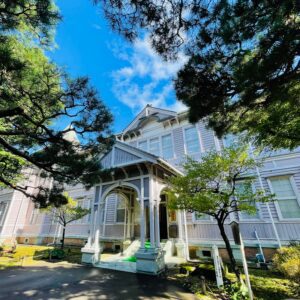
2. Former Kanazawa Army Weapons Branch (Ishikawa Prefectural Museum of History , Kaga-Honda Museum)
Next, I went to the “Former Kanazawa Army Weapons Branch”, which is about a 5-minute walk from the “Former Ishikawa Prefecture Second Junior High School Main Building”. Also, it is about a 3-minute walk from Kenrokuen. It is currently used as the Ishikawa Prefectural Museum of History and the Kaga-Honda Museum.
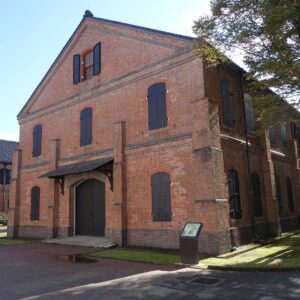
The former Kanazawa Army Weapons Branch is made of three red brick buildings and is a national important cultural property built between 1909 and 1914.
At the Ishikawa Prefectural Museum of History, there are permanent exhibitions such as the history of the Kaga domain and Ishikawa prefecture. I was particularly impressed with the “Festival Experience Theater” at the Kaga / Noto festival. You can experience the atmosphere of the festival scene, such as the three huge screens and the floor that vibrates according to the image. You cannot video recording or photo shoot at the “Festival Experience Theater”.
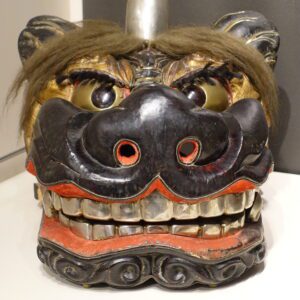
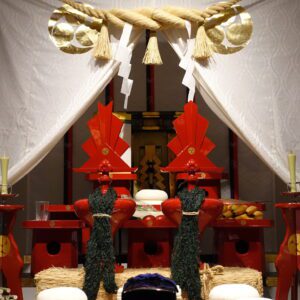
In addition, as a special exhibition, the Tokugawa Art Exhibition “Owari Tokugawa Family Heirloom” (October 9th to November 23rd) was held. Three national treasures (“Genji Monogatari Emaki”, “Hatsune Furnishings”, and “Tsuda Totoumi nagamitsu”) were exhibited. All photography is prohibited.
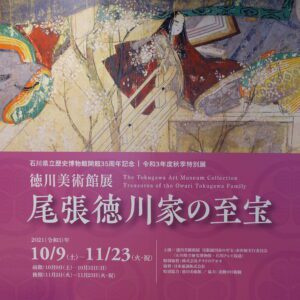
“Genji Monogatari Emaki” was produced in the first half of the 12th century. It was a picture scroll with beautiful colors and a very good preservation condition.
“Hatsune’s furnishings” is a wedding tool for Chiyohime, the daughter of the third Tokugawa Shogun Iemitsu. The decoration is really beautiful, and I have taken a close look at the details.
“Tsuda Totoumi nagamitsu” is a sword made by Nagamitsu, a sword craftsman of the Kamakura period, and was Oda Nobunaga’s favorite sword. Nagamitsu, a sword craftsman, is a master craftsman with six swords designated as national treasures.
Admission (permanent exhibition only)
General Yen 300, college students, 65 years old and over Yen 240, high school students and younger free
Common ticket with Kaga Honda Museum
General Yen 500, university students Yen 400, free for high school students and younger
Special exhibition
General Yen 1,300, junior high and high school students Yen 900, elementary school students Yen 700
Kaga-Honda Museum contains materials mainly armor and furnishings from the Honda clan who served the Maeda clan of the Kaga domain. Compared to the Ishikawa Prefectural Museum of History, it wasn’t as impressive.

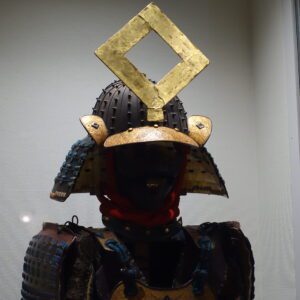
Admission fee
General Yen 400, college students Yen 300, free for high school students and younger
Common ticket with the Prefectural Historical Museum
General Yen 500, university students Yen 400, free for high school students and younger
3. National Crafts Museum
I also went to the “National Crafts Museum” right next to the former Kanazawa Army Weapons Branch. Relocated and utilized the former wooden army facility “Former Army Ninth Division Command Office Building” (built in 1898, formerly the headquarters office) and “Former Army Kanazawa Kaikousha” (built in 1909, formerly a social gathering place for officers) Both are registered as national tangible cultural properties.
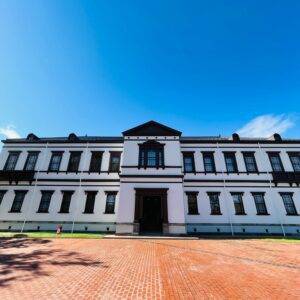
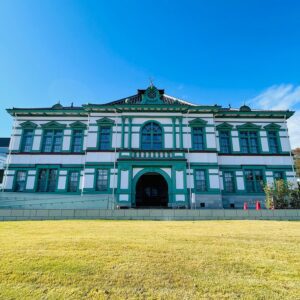
At the National Crafts Museum, “Twelve Hawks and Crafts in Modernizing Japan” was held as a special exhibition. The exhibition structure makes it easy to understand that craftsmen from the Meiji era have created works while responding to changes in the times. Japanese crafts from the Meiji era had an impact on the world and were traded at high prices by collectors. There were many impressive crafts.
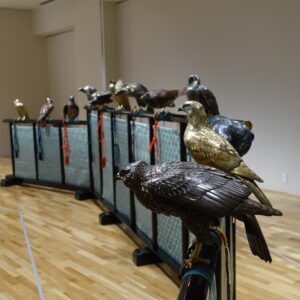
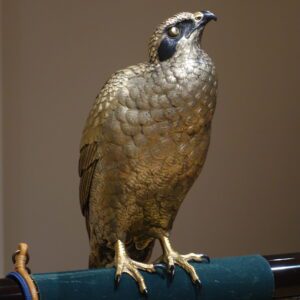
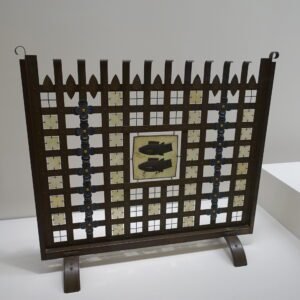
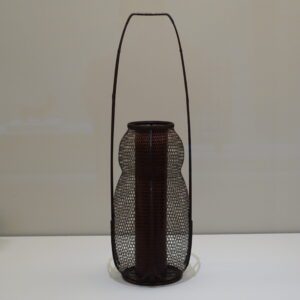
Admission fee
General Yen 500, college students Yen 300, free for high school students and younger
4. Seisonkaku
Seisonkaku is about a 3-minute walk from the National Crafts Museum. Seisonkaku was built in 1863 in Kenrokuen for the wife of the Maeda clan. This is the only existing building in Japan as the palace of the wife (Seishitsu) of Daimyo . It is a national important cultural property. Internal photography is prohibited. The fretwork of transom at Ekken-no-ma (Formal guest chamber) was spectacular.

Admission fee
General / university students Yen 700, high and junior high school students Yen 300, elementary school students Yen 250
5. Kenrokuen
Seisonkaku is located on the grounds of Kenrokuen, but admission is not included. Kenrokuen is one of the three famous gardens in Japan, along with Mito Kairakuen and Okayama Korakuen. It is the most famous place for sightseeing in Kanazawa.
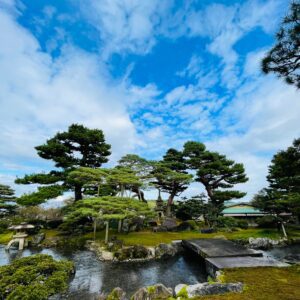
Kenrokuen is a strolling daimyo garden that has been built over many years by successive Kaga feudal lords. It is designated as a national special place of scenic beauty.
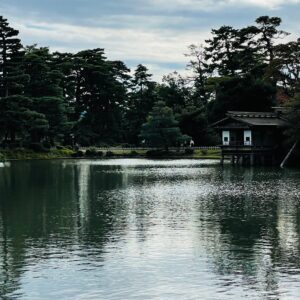
Admission fee
Adults (18 years old and over) Yen 320, children (6-18 years old) Yen 100
6. Kanazawa Castle Park
After having lunch in Kenrokuen, I went to Kanazawa Castle Park. Kanazawa Castle Park is located across Kenrokuen Garden and the Ohoridori street. I think the easiest way to get there is to cross the Ishikawa Bridge from the Katsurazaka Toll Office in Kenrokuen and enter the park through the Ishikawa Gate.
There is no castle tower in the current Kanazawa castle. It was not rebuilt after the castle tower was destroyed by a lightning strike in 1602.
Hishi Yagura, Gojukken Nagaya, and Hashizume-mon Tsuzuki Yagura were restored in 2001. This restoration was carried out because Kanazawa University relocated from Kanazawa Castle in 1995 and decided to maintain it as Kanazawa Castle Park. The appearance of Hishi Yagura, Gojukken Nagaya, and Hashizume-mon Tsuzuki Yagura is smart and wonderful, but the floor inside is also very beautiful.
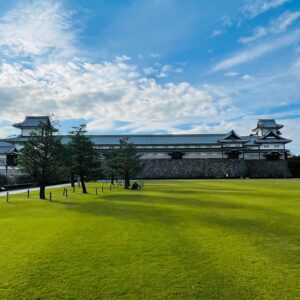

The Kahoku-mon Gate, which was restored in 2010, was also a magnificent gate. The Kahoku-mon Gate was the actual main gate of Kanazawa Castle.
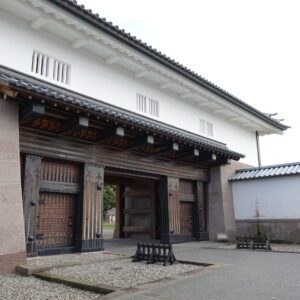
The Hashizume-mon Gate, which was restored in 2015, was also a stately and wonderful gate. It was the main gate of Ninomaru and was considered to be the most prestigious gate in the castle.
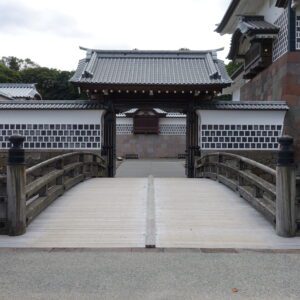
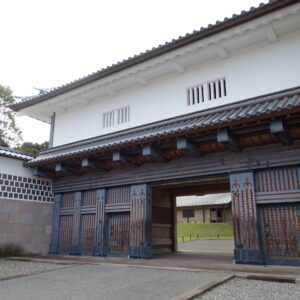
The three national important cultural properties in Kanazawa Castle Park are Ishikawa-mon gate, Sanjukken Nagaya and Tsurumaru Storehouse. These three buildings were left unburned in the 1881 fire.

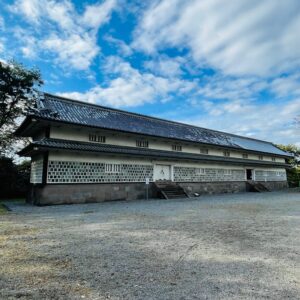

Admission to Hishi Yagura, Gojukken Nagaya, and Hashizume-mon Tsuzuki Yagura, and Hashizume-mon
Adults (18 years old and over) Yen 320, children (6 years old to under 18 years old) Yen 100
7. Osaki Shrine
Osaki Shrine is a 1-minute walk from the Kuromonguchi of Kanazawa Castle Park. It is a national important cultural property. The deities are Amaterasu Okami, Tosho Okami (Ieyasu Tokugawa), and Toshitsune Maeda (the third feudal lord of the Kaga domain). I think the color of the shrine is very good.
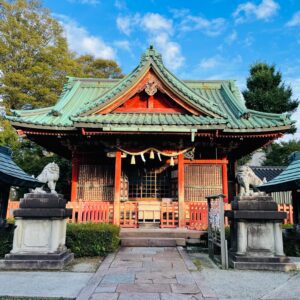
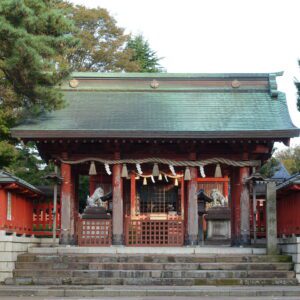
8. Oyama Shrine
Oyama Shrine is about a 5-minute walk from Ozaki Shrine. It was founded in 1873 (Meiji 6) and is a new shrine. The main deities are Toshiie Maeda and his wife Matsu. I thought it was a shrine built in the Edo period because the main deity is Toshiie Maeda and his wife Matsu.
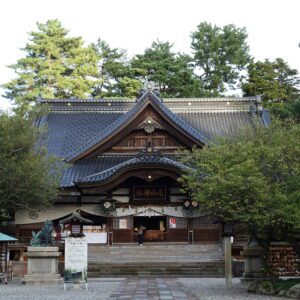
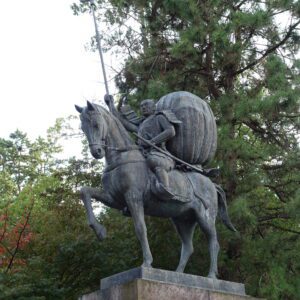
The Shinmon gate of Oyama Shrine, which is an national important cultural property, is a unique gate that mixes the three styles of Japanese, Chinese and Western styles. The third layer is covered with colorful glasswork and is beautiful when exposed to sunlight.

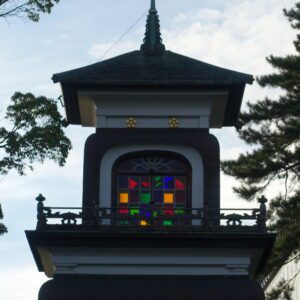
9. Naga-machi Samurai Residence District
Naga-machi Samurai Residence District are about a 5-minute walk from Oyama Shrine. Although it is a quaint cityscape, it is a small area. If you just walk, you can walk in about 10 minutes. It has been a famous tourist spot in Kanazawa for a long time, but you may be disappointed if you expect too much.
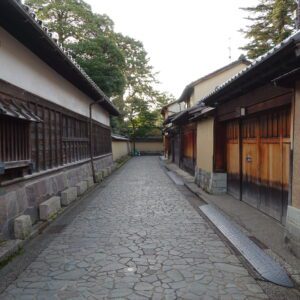
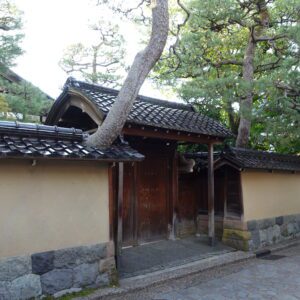
10. Kanazawa Station
I walked from Naga-machi Samurai Residence District to Kanazawa station and drank craft beer. It took about 25 minutes on foot from Nagamachi Samurai Residence to Kanazawa Station. You can also go by bus.
“Motenashi (Welcome) Dome” and “Tsuzumi-mon” at Kanazawa Station were completed in 2005. Since it rains and snows a lot in Kanazawa, “Motenashi (Welcome) Dome” was born with the concept of “hospitality to give an umbrella to people who get off the station.” I visited Kanazawa station several times and thought it was a wonderful dome, but I didn’t know that it was a concept of presenting an umbrella.
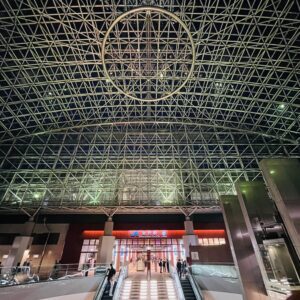
Kanazawa Station is ranked 6th in the 14 most beautiful stations in the world by the American travel magazine “Travel & Leisure”. I also think it’s a very beautiful station. The existence of this beautiful station may be one of the factors that attracts many tourists to Kanazawa.
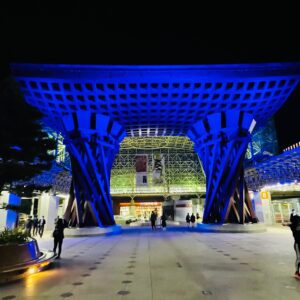
Note: The departure / arrival times, fees, admission fees, etc. of transportation listed in the text are as of the time of writing the BLOG. They may change in the future, so please check for yourself when you go on a trip.